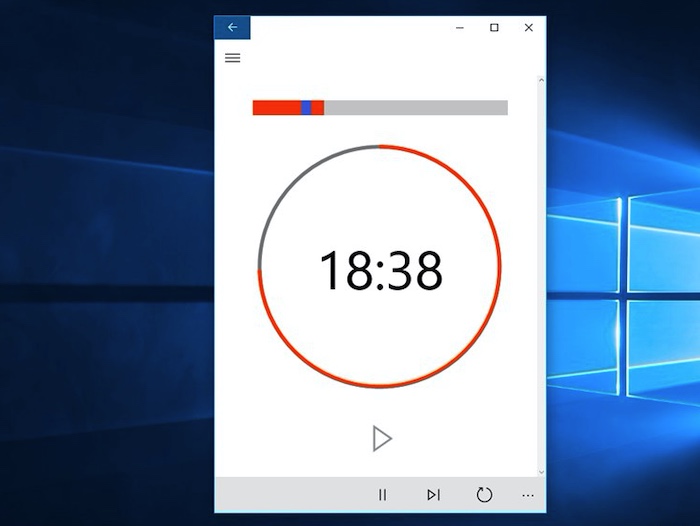

After four pomodoros, you may take a longer 15-30 minute break. The Pomodoro method requires using a timer to break down your work into 25-minute intervals, separated by 5 minutes of break time. This technique was developed in the late 1980s by Francesco Cirillo, a university student who was overwhelmed by studying and assignments. There are several options for chunking your time into digestible pieces. Once you have a better idea of what your priorities are, setting limits can be an excellent time management tool.
#Best time for pomodoro professional
Often, we prioritize urgent tasks instead of important ones-such as tasks that may be creative, important, and fulfilling but do not have a deadline-so identifying and labeling them can be a helpful step toward accomplishing your personal and professional goals.
#Best time for pomodoro free
Delete these tasks, or do them when you have free time because they are distractions from your priorities.įor an even simpler approach, create a task list and mark each item as urgent or important. Quadrant 4: Not important and not urgent. Delegate these to others, if possible, especially if they do not contribute to your long-term goals. These are the priorities that are most relevant to your goals. They also correspond with the 4 D’s of execution: do, defer, delegate, and delete. The quadrant has four boxes in which you can split your tasks to prioritize what you should focus on first. The Eisenhower Matrix is a popular tool that helps you distinguish between tasks that are important, not important, urgent, and not urgent. Use the Eisenhower Matrix to set your priorities. Getting further in your career or educationĢ. Good time management can lead to a healthy, balanced lifestyle that may manifest as:

You can experiment with them in your own life to see what works for you. To develop good routines and habits, you can start by knowing what strategies and best practices are out there. Motivating ourselves is a core part of time management-and it takes a bit of effort not only to motivate yourself but to cultivate good habits to work and live more efficiently. You may be familiar with setting deadlines, writing to-do lists, and giving yourself small rewards for accomplishing certain activities. Time management is the process of consciously planning and controlling time spent on specific tasks to increase how efficient you are. Here are some tips and methods that can help you harness your time for better well-being. Doing so can help you control your time and promote overall satisfaction. Managing, organizing, and distributing time are skills that we can learn. But chances are, they were not born that way. They are productive, stress-free, high achievers. In school, work, and daily life, we may encounter people who seem to have it all together.


 0 kommentar(er)
0 kommentar(er)
